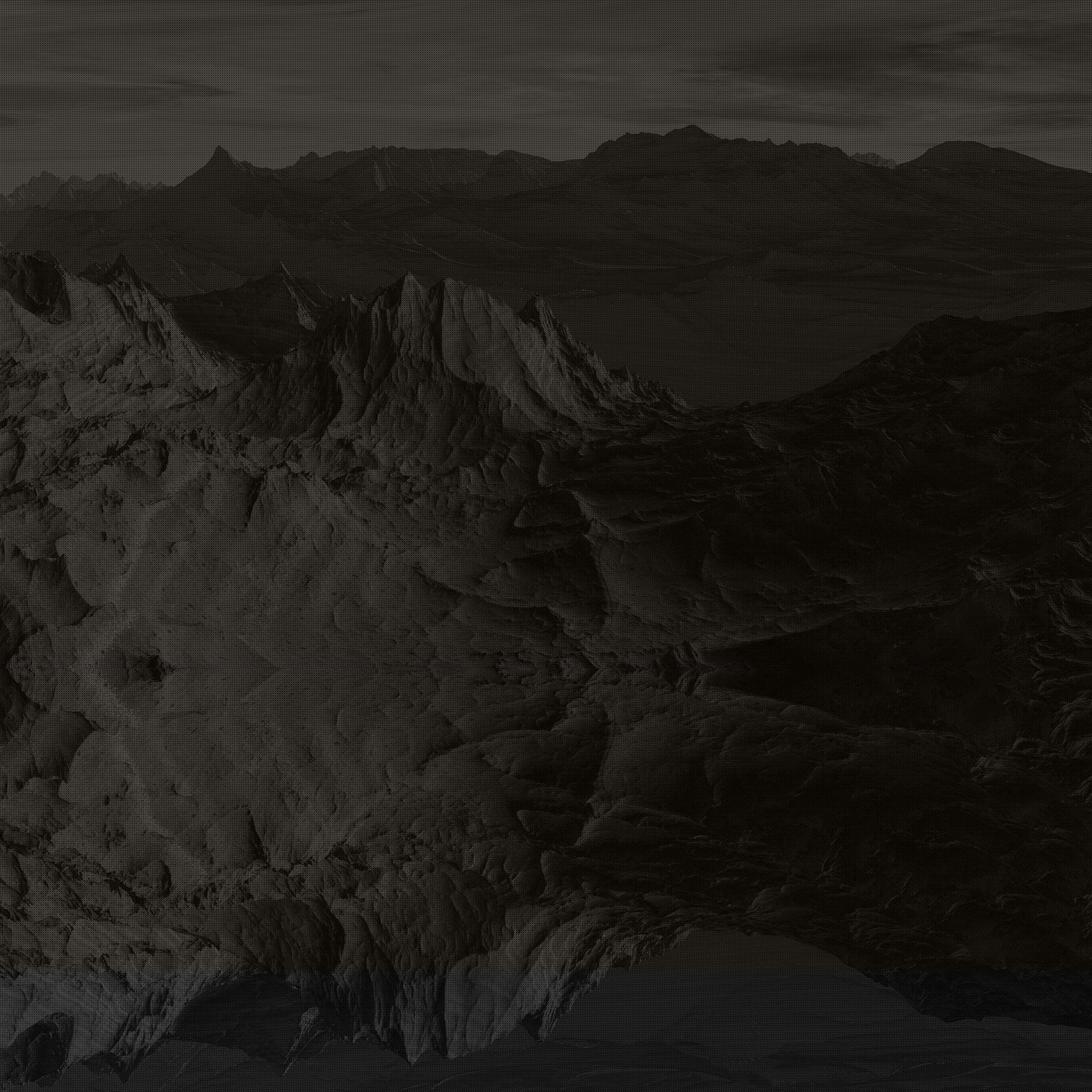Post-Production – High frequency detail
- Travis Parkes
- Apr 19, 2023
- 3 min read
In an effort to marry the initial portal explosion into the real world, I decided to include some kind of environment interaction. The main one I decided to go with is a black burn mark on the ground to show that it had been super heated during the process.
After finding a burn element I liked I placed it using the 3D system in Nuke which produced this:
It obviously doesn’t fit at all due to it being a solid black element, it is also far too sharp and ends up on the grass a bit, which wasn’t exactly what I was looking for.
Those adjustments get it most of the way there, but there is still something missing, and that is high frequency detail. Because an image is is being placed on top of the ground, some of the original image is being lost. What I want to do is add back the detail of the ground, whilst retaining the colour of this element.
To do this I take a slightly blurred version of the plate and use a from merge to take that away from the original image. This returns just the high frequency detail, exposed up below to better show it.
I then use that and reapply it to the burnt patch. This is the resulting image:
Especially when this is played back, the burnt patch is better integrated into it’s environment, making it more believable. When the robots step on it as well, this will further make it fit in more to the ground as a whole.
My script for this section looked like this:
This technique was so effective that I started using it to paint out the tracking markers as well, however for this shot in particular, shot 10, removing the tracking markers was quite the task. The shot is 427 frames long and starts and ends at very different angles.
Because of this, I found that projecting a patch took on so much distortion that it became obvious a change had been made. Whether I painted at the start, middle, or end, because the shot is so long, at some point issues would start to show under any circumstance.
But before I solved that, how did I use the high frequency detail technique?
As before I took the blurred image and produced the high frequency detail from that.
However, unlike before, I altered both the blurred and high frequency image. The blurred image was to get the correct colour information there, where I just used an in paint. And the high frequency was to make sure the details were copied across. Compared to just painting the combined image everything is a lot more seamless and patterns copied from other areas are less obvious because an exact pattern isn’t being copied, instead the areas for best colour are chosen separate from the areas with best detail.
As can be seen when using the same roto node, splitting up the details and colour makes for a much better looking clean plate. Whilst I could do a better job of only doing the standard roto-paint method, there is far more flexibility when detail and colour are split because I have to worry about less factors.
Now for fixing the distortion issues I used 3 different clean plates, one at the start, another in the middle, and a final one at the end. Then I slowly dissolved between them over the course of a shot, whilst also colour tracking the area. With that I was able to completely remove the tracking markers without any noticeable distortion, and with specific key framing, you can’t tell that the floor is technically changing.
This did make for a larger section in my node graph though.


Comments